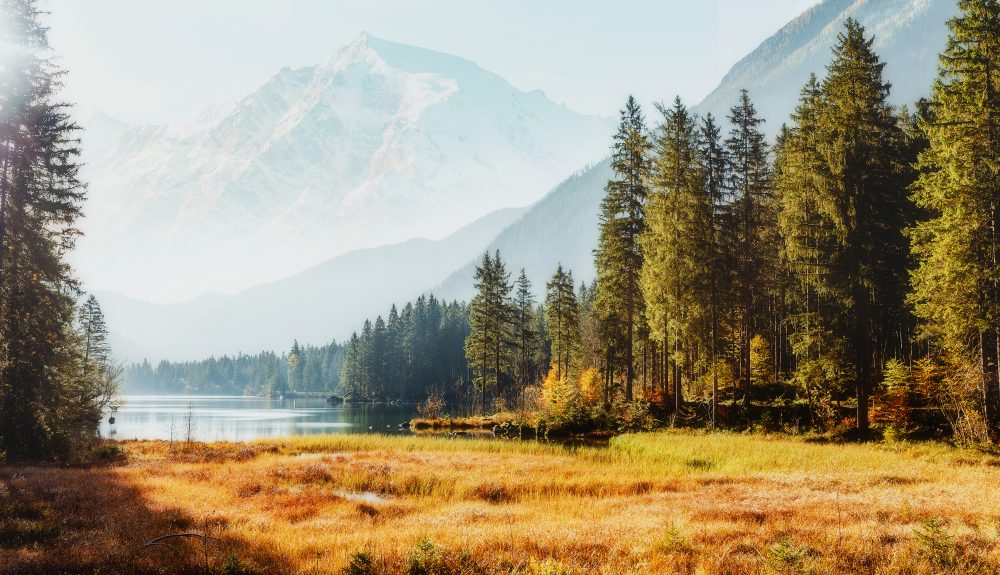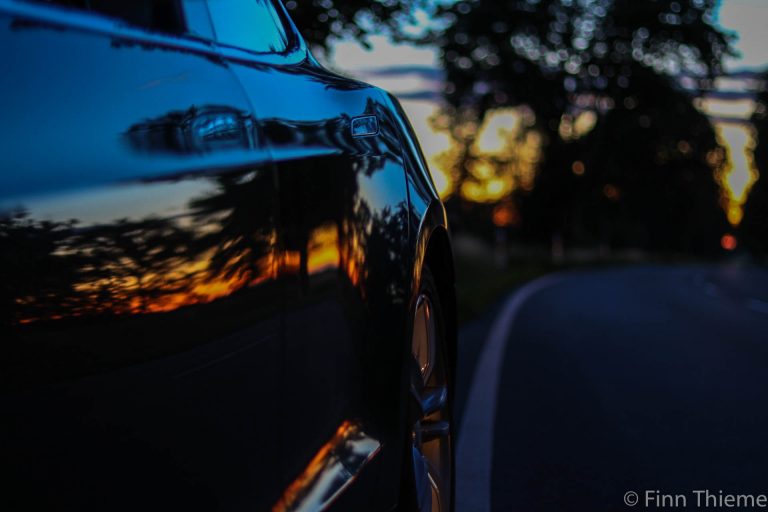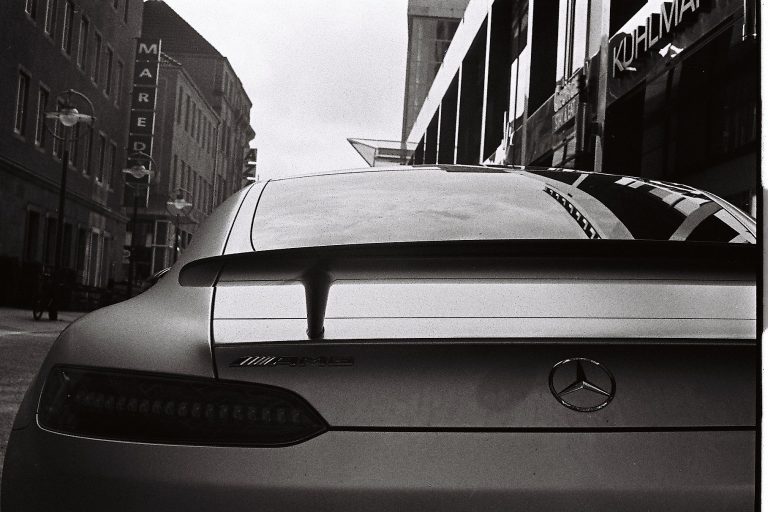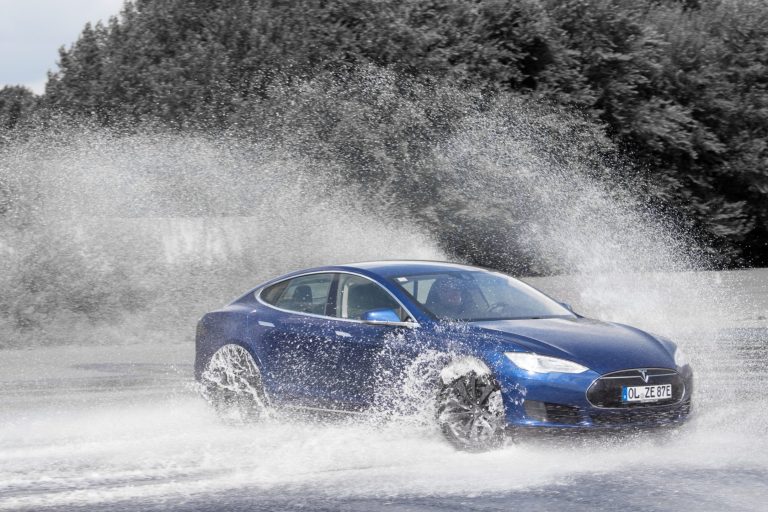With the huge progress of digital media, people are now moving towards digital mediums to market their products. Not only have they proved to be beneficial from the commercial perspective, but the domestic perspective is also quite bright. Furthermore, with the more usage of digital mediums like Instagram, photography has more or less become a type of leisure as well as freelance activity. According to the different statistics, a total of about 1.42 trillion photos were taken in 2019. There are projections that; there will be 1.43 trillion photos that will be taken in 2020. There is no doubt in admitting the fact that not every photographer can take a perfect photo, as only a few of them know how to click a perfect picture. While picture techniques vary, it has been noted that perfect exposure plays a major role in clicking a splendid picture.
Techniques to get a Perfect Exposure
First of all, let’s get to know how exposure can be defined? In simple words, exposure is defined as the intensity of light that is being fed to the camera lens. In other words, the more the light is, the brighter the picture will be. To have a better idea, the following are some of the techniques and hacks to capture a picture with perfect exposure:
Shutter Speed
Shutter speed is defined as the time shutter takes to let the light get in. It is measured in the seconds and is usually expressed in the fractions as 1/200. So, smaller the denominator, longer will be the exposure. For example, if the shutter speed is set at 1/100, then this means that the shutter will open at the 1/100th time of the second to let light fall in. Furthermore, if we compare it with the shutter speed of 1/10, then it will bring much less light than that of 1/100 shutter speed. Consequently, a darker image will be captured. There is another thing to keep in mind that by keeping shutter speed low, exposure may get longer, but it will cause any actions in the picture to get blurred. Therefore, the trade-off is recommended.
Aperture
Aperture controls the size of the hole through which light must enter. Varying aperture settings will let us control the intensity of light, and therefore, the exposure. It is usually expressed by mean of a focal length, as “f/x”. Less f/x ratio means more light, which subsequently refers to the large hole and therefore resulting in the brighter picture. It can also be taken as the measure to narrow the focus depth. For example, a picture with the aperture setting of f/3 will result in a much smaller area of the picture under depth, as compared to the picture with an aperture setting of f/11.
ISO
ISO greatly impacts the picture brightness, and so does the picture quality. The higher the ISO settings, the brighter the picture will be. But it will bring more noise, and eventually, the quality of the picture will drop. For example, an ISO setting of 100 will result in a darker image, less noise, and henceforth high quality. However, ISO of 3200 will result in a brighter picture but more noise and consequently low picture quality. Therefore, it is recommended to get into a trade-off to have a perfect exposure.
Exposure Bracketing
For countering the situations where pictures are not being captured perfectly because of light and shadow areas, exposure bracketing can come to rescue. With exposure bracketing, one can take multiple photographs by setting intervals below and above the defined settings. For example, if camera settings are set at a shutter speed of 1/125, aperture setting of f/5.6, and ISO setting of 100, then with exposure bracket, a photographer can have series of photographs above and below these settings at the user-defined intervals. With this, once the photographer presses the shutter button, the camera will begin to take pictures for as many frames as user-defined to take. One classic example is HDR, where multiple exposures of the same pictures are merged in one picture to result in one picture with perfect exposure.
Exposure Compensation
Exposure compensation is an alternative to exposure bracketing. It is so because some digital cameras do not have a feature of automatic bracketing, while manual bracketing can be a bit tricky. However, exposure compensation is available in all digital cameras and can be activated simply by pressing a button. Majorly it instructs the camera to either overexpose or underexpose the concerning scenes in defined increments. Its operation is based on the selected scene, and with respect to it, the camera will adjust either shutter speed or aperture to capture a picture with desirable exposure.
Histogram
A histogram is a great way to evaluate exposure level before taking a picture. It shows different tones and is the same as that of a bar graph. Keeping it in the mid-range will let the photographer capture the photo with perfect exposure. If histogram’s bars are more inclined to the left side of the histogram, then the picture is underexposed. On the contrary, if histogram’s bars are towards the right side of the histogram, then this means that picture is overexposed. After getting an assessment from the histogram, a photographer can get into trading off ISO, shutter speed, and aperture setting to adjust the exposure to perfection.
Conclusion
People usually take photography for granted. But, from the above discussion, it is very much evident that photography isn’t a game of toddlers. It requires a high level of skills and different technicalities to capture a masterpiece. While exposure is the foremost prerequisite of taking a perfect photograph, certain things are mandatory to be followed. ISO settings, aperture, and shutter speed are the only three things around which perfect exposure is based upon. While adjusting these three settings, anyone can reach a perfect exposure. Moreover, a histogram is a great technique to assess these settings. Once a photographer follows these six techniques strictly, there is no doubt in landing to a perfect exposure. With flawless exposure, high-quality pictures come as a reward.





First off I would like to say fantastic blog! I had a quick question which I’d
like to ask if you don’t mind. I was curious to know how you center yourself and clear your head prior to
writing. I have had a hard time clearing my thoughts in getting my ideas
out there. I do take pleasure in writing however it just
seems like the first 10 to 15 minutes are usually lost just trying to figure out how to begin. Any suggestions
or tips? Kudos!
Thank you Edward!
I usually try to be really specific in defining which content I would like to have in a certain blog post. Additionally there is a schedule for each topic, defining when I would like to have a new blog post regarding which topic. Does that answer your question?
KR